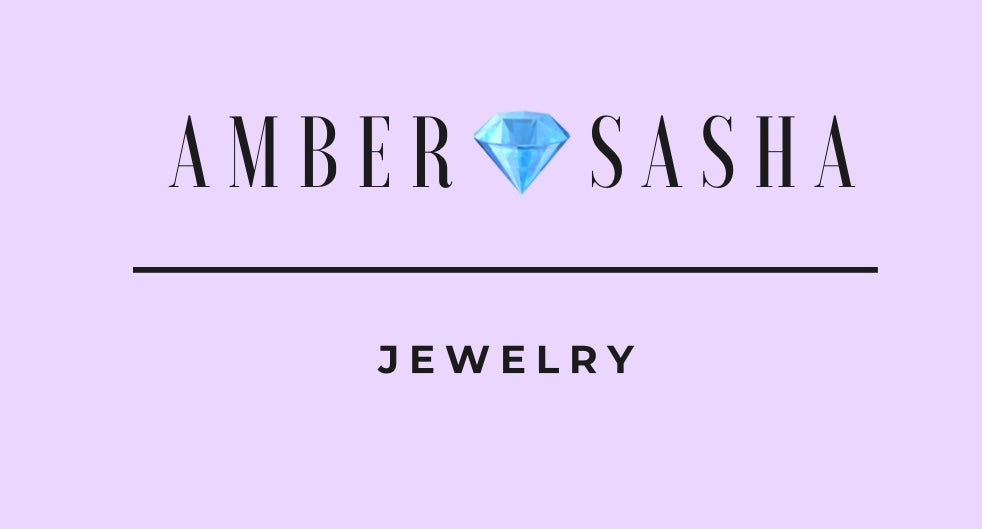Diamond Education
CUT

When people think of cut, they often think it’s the shape of the diamond. But, it’s about how light is returned due to a diamond’s facets. Cut is responsible for brilliance, fire, and scintillation of a diamond.
Brilliance = combination of all of the white light reflected internally and externally
Fire = a scattering of light into a play of color
Scintillation = a diamond’s sparkle
For the best results, proportions of its facets, symmetry, the relationship of its weight to its diameter, girdle thickness, and quality of its polish have to come together in just the right way.
SHAPE

The “shape” of a diamond refers to the overall outline of the stone. There is no “right”, “wrong”, “good”, or “bad” when it comes to the shape of a stone. The beauty is truly in the eye of the beholder. If you are confused about which shape to buy, contact me to make an appointment and together we can walk through the options.
COLOR

A diamond’s color is measured using the GIA® D-to-Z diamond color grading system. This system is the most widely accepted for grading. All diamonds are evaluated based on the absence of color.
No hue = higher value
This lack of color is measured in degrees based on comparisons with masterstones, made while viewing under controlled lighting and conditions. This means that regardless of where in the world the diamond is graded it will be under the same conditions and should receive the same grade. These color distinctions are invisible to the untrained eye and should be left to a trained diamond grader.
CLARITY

Just as a diamond’s color is graded on the absence of color, the diamond’s clarity is graded on the absence of inclusions and blemishes.
Internal characteristics = Inclusions
External characteristics = blemishes
Most are smaller than can be seen by the naked eye. And, accurate assessment is of utmost importance. So, trained diamond graders evaluate the quantity, size, relief, nature, position of these characteristics, and how they affect the appearance of the diamond.
CARAT WEIGHT

The diamond carat weight is a measurement of how much a diamond weighs. Each carat is divided into 100 “points”. For example a half-Carat stone is considered a “50 point diamond”. All else being equal, diamond price increases with Carat weight because larger diamonds are more rare, and thus more desirable.
Diamonds of equal weight are not necessarily the same size. Different proportions and depths will result in different size and weight combinations.
When selected a diamond one must consider all 4 C's, since these are the factors used for pricing of all stones.
Here are some tips to keep in mind:
- The bigger the stone the more rare, which then becomes more expensive.
- The color of the ring setting can change the appearance of a diamond.
- You will not notice a color grade unless jumping 2 color grades. When considering an "H" versus an "I" where all other factors are similar, the lower color grade might be worth the savings.
